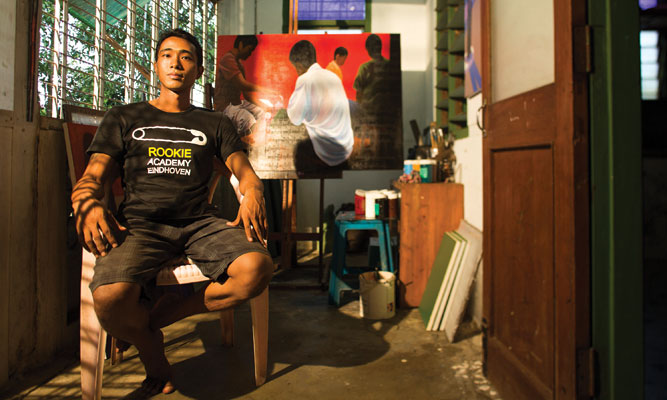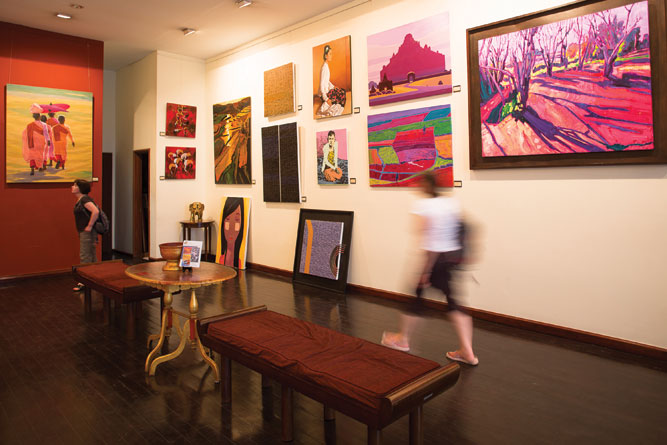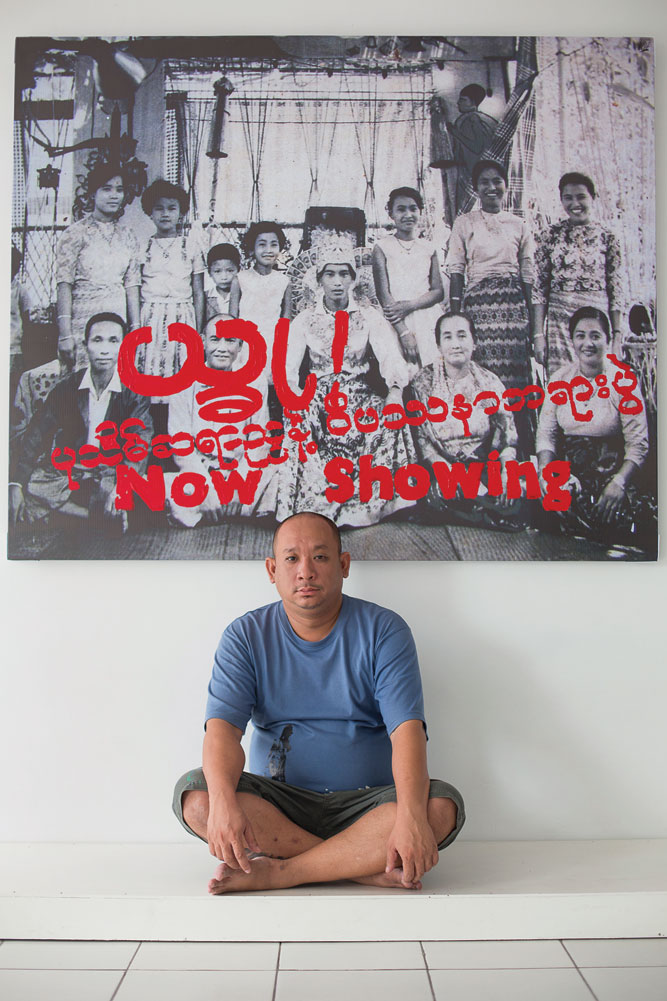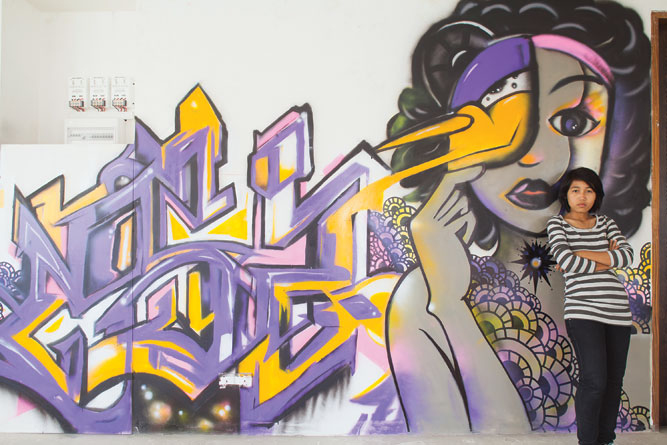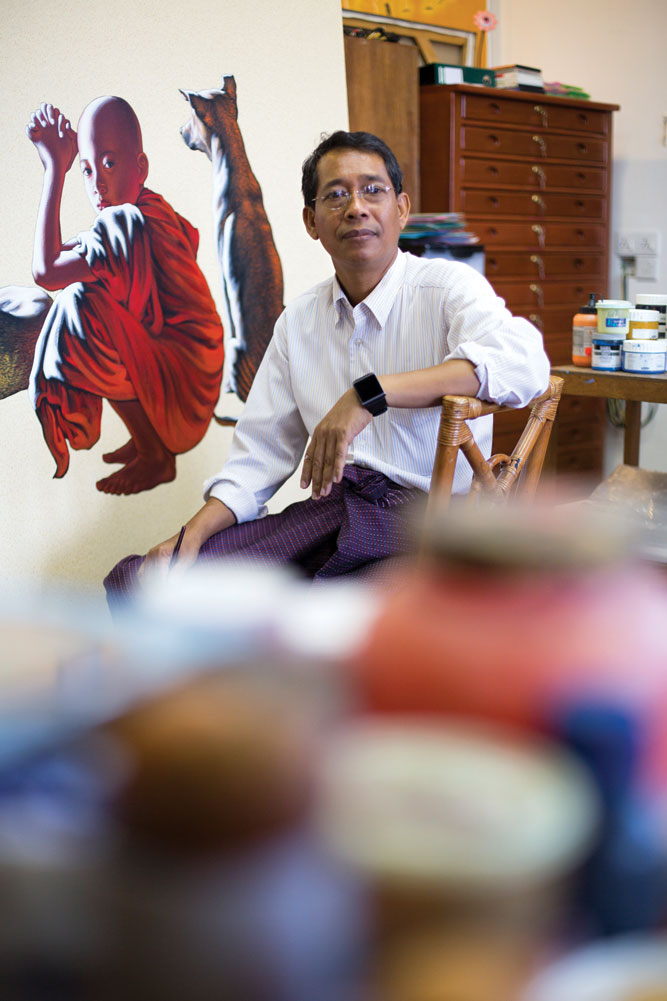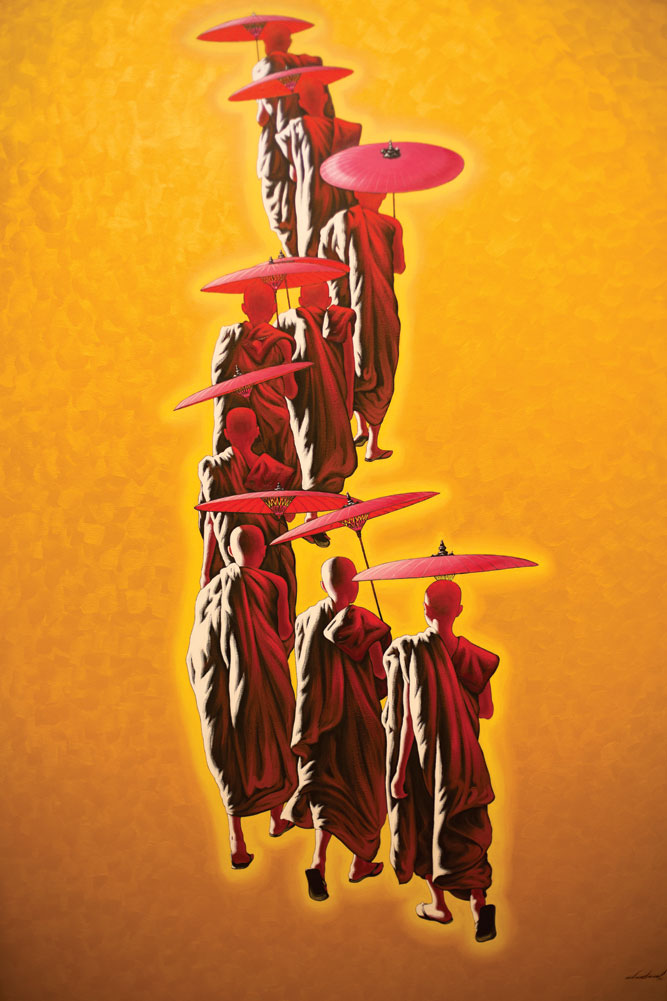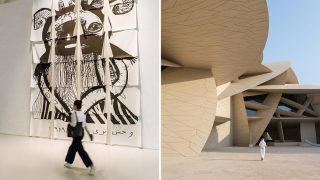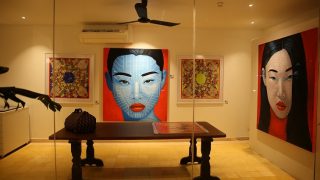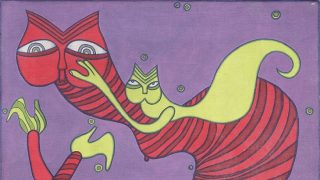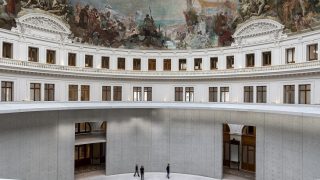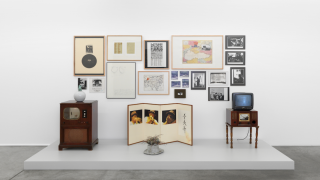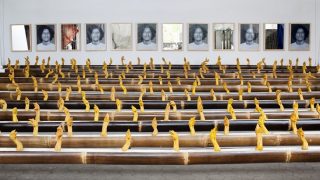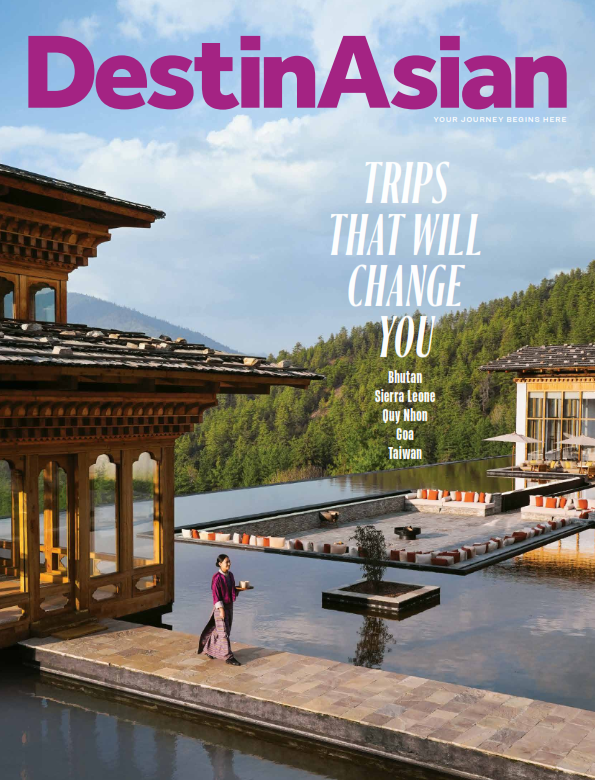Despite decades of state censorship and isolation, Myanmar’s art scene is blooming, particularly in Yangon. In the wake of democratic reforms, are the country’s creative talents ready to embrace their newfound freedoms.
By Thomas Kean
Photographs by Chris Davy
A Burmese prison is an un-likely place for art to flourish. Yet for Htein Linn, a painter and street performer who was jailed in 1998 on charges of sedition, confinement proved a fillip to creativity.
“We had to bribe the guards to smuggle in paints,” he recalled during a recent evening presentation of his “prison art” at Yangon’s River Gallery, which inhabits an annex of the venerable Strand Hotel. “But for the rest, we had to improvise.” Deprived of brushes, he instead used his fingers and a variety of makeshift tools—the flint wheel of a cigarette lighter; a syringe from the prison hospital—to apply the thick house paint to canvasses made from the white cotton of old inmate uniforms. During his six and a half years in jail, Htein Linn produced more than 200 paintings, many inspired by the work of American abstract expressionists, such as Jackson Pollock, whom he admired at the time. These also had to be smuggled out.
“The one desire I had in prison was to tell the government who locked me up for not doing anything, ‘You can lock me up, but you can’t lock away my art.’ So this is my main concept, the symbol of all my art projects.”
While most Burmese artists haven’t en-dured the deprivations that Htein Linn experienced, they have for years worked within the confines of state censorship and isolation. The military junta that ruled Myanmar for almost five decades maintained strict controls on everything from sculpture and song to movies and the media. But the “Burmese Spring”—as some observers have dubbed the transfer of power to a semi-civilian government beginning in March 2011—has seen these restrictions relaxed significantly. Artists, journalists, poets, and writers in Myanmar now find they have more freedom to express themselves than at any time since the coup that brought the military to power in 1962. Indeed, it was largely due to public pressure that the government suspended a controversial, Chinese-backed hydroelectric dam in northern Myanmar’s Kachin State in September 2011.
It was an anti-dam exhibition earlier that month at Gallery 65, set in a lovingly maintained wooden house in an old district just north of downtown Yangon, that confirmed for me personally that the country had entered a new era. Opened by opposition leader Aung San Suu Kyi, the show drew thousands of visi-tors, bringing disparate communities together behind a common social cause for the first time in recent memory. The speed of change is such that debates are already taking place about what are acceptable limits for freedom of speech, particularly in the print media.

